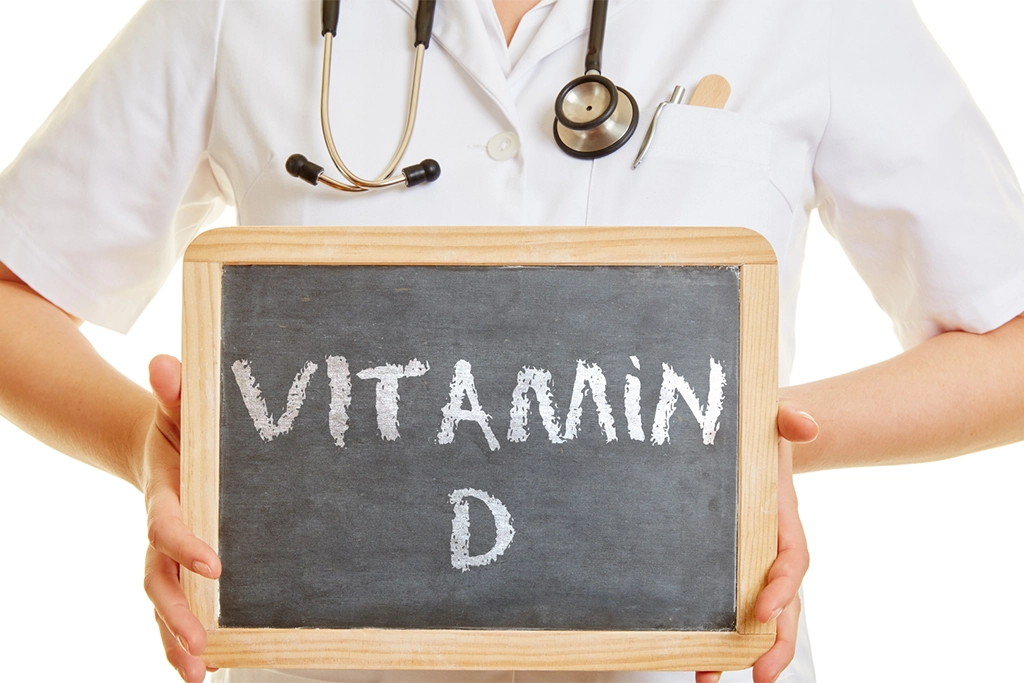Vitamin D is one of the most important micronutrients in the human body. It’s also one of the least absorbent ones, leaving the majority of the population deficient. Proper supplementation and smart sun exposure are key to bringing our numbers to satisfying levels. But, what’s the best way to go about it and why? Here’s what we know.
What is Vitamin D?
Is it a vitamin, a hormone, or a combination of both? Officially, this is a fat-soluble vitamin that’s prevalent in ultra-violet (UV) rays and our bodies mostly get it from sun exposure. It also exists in certain foods (naturally and added artificially through fortification) as well as dietary supplements. However, some experts like to refer to vitamin D as a hormone or a pre-hormone that stimulates the absorption of calcium by turning specific genes on and off.


